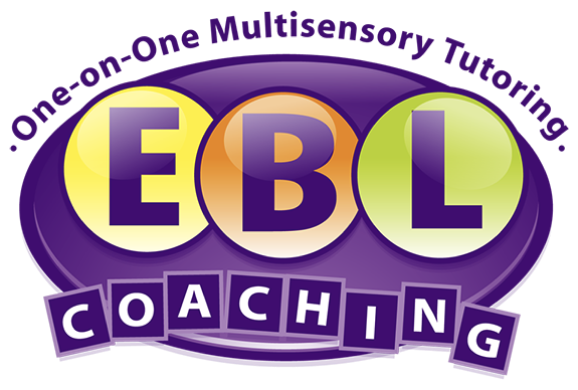
Why Handwriting Is Still Relevant

It’s more than just putting pen to paper: How writing by hand helps students learn better.
In our tech-centered world, some argue that the physical act of writing is becoming archaic. Pencils and lined paper seem old fashioned, while typing, swiping, and pressing seem more relevant and nouveau. Those who favor eliminating handwriting from our schools’ curriculum feel that time can be better spent on other, seemingly more important, topics. They may argue that learning handwriting does not lead to greater college and career-readiness. While these arguments certainly have merit, the value of learning and practicing handwriting goes well beyond the simple act of tapping a pen to a sheet of paper. Here are some of the important benefits of handwriting:
1.) Brain stimulation. The physical act of handwriting stimulates parts of the brain, helping us learn and retain information. With the kinesthetic motion of writing, information shifts into our long-term memories. Thus, students who are studying for exams are more likely to remember key information that they transcribe. Those who take notes from lectures or hand write data are more likely to remember these details for the long haul. In fact, research tells us that certain areas of the brain art activated when writing, but not when typing.
2.) Idea elaboration. Many students struggle to elaborate their ideas when writing. They often write the minimum amount needed to complete an assignment, and struggle to add details and further descriptions. For most students, writing by hand, rather than typing, actually enables them to write faster and to put more information on a page. Typing just might further inhibit students’ abilities to elaborate when writing rather than enhancing it.
3.) Helps those with learning challenges. Cursive writing helps students minimize reversals, reduce spelling errors, and increase speed when writing. Students with dyslexia and learning challenges tend to need help in all of these areas, and cursive makes spelling and written expression much easier for them.
4.) Improves note-taking. Students who take pen-to-paper notes must complete multiple processes in order to take effective notes: listening, processing information, and rewriting the information in their own words. Those who use computers, on the other hand, often try to capture every word when taking notes rather than listening and processing the information simultaneously. Thus, pen-to-paper notes may lead to a better understanding and retention of information.
5.) Sentimental value. In the business world, hand written correspondences tend to have more value to the reader than typed ones. Everyone loves receiving a hand written note or card; there is a personal touch that can be lost in a typed note. Furthermore, so many of our historical transcripts, such as the Constitution and the Declaration of Independence, are written in cursive. Without learning cursive and practicing with it, students will be unable to read these significant documents.
There are now many apps that allow users to hand write on their tablets, helping to fuse “old-fashioned” handwriting with modern technology. Yet the benefits of writing by hand are still bountiful, and can help foster academic and personal growth.
